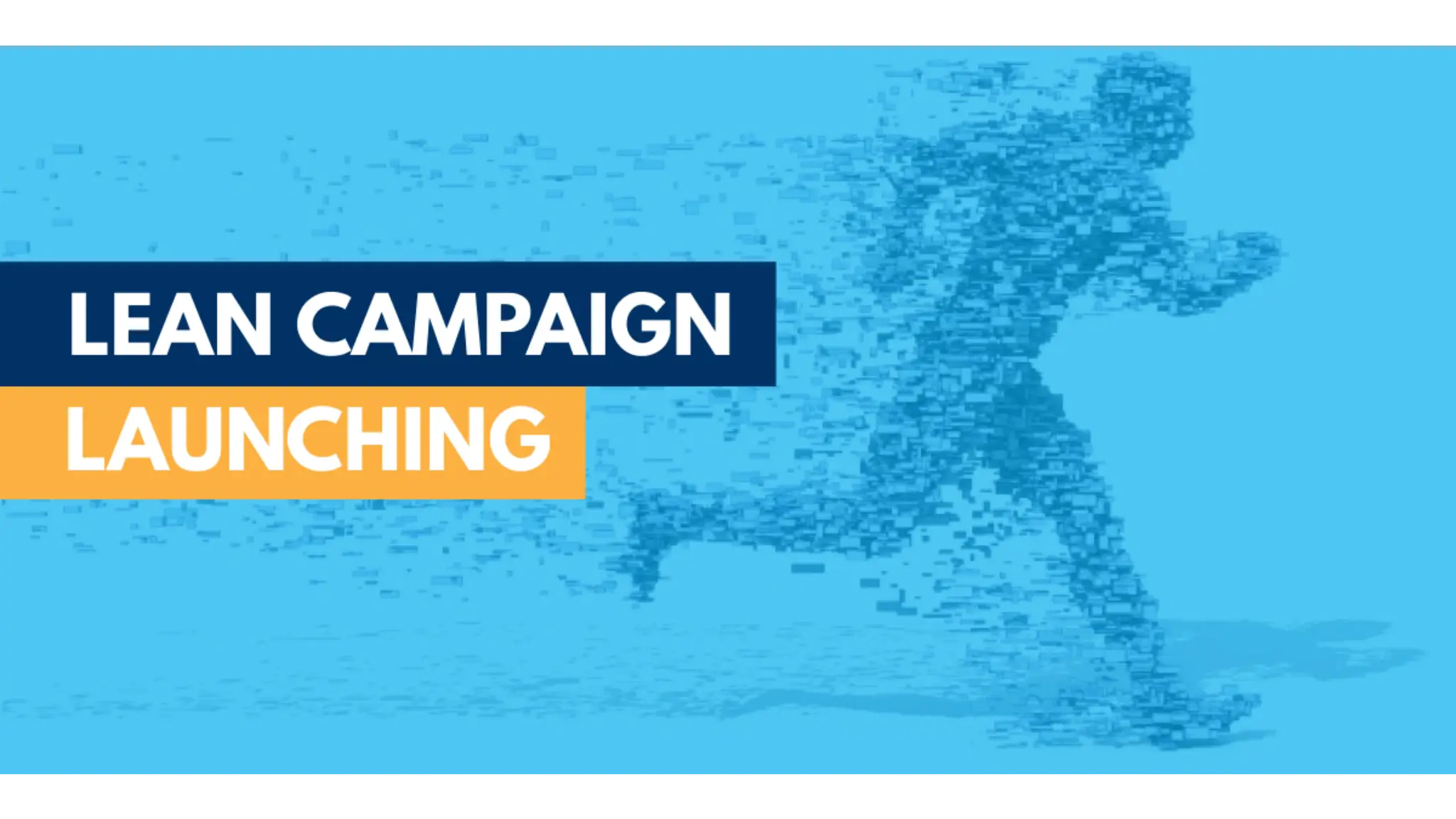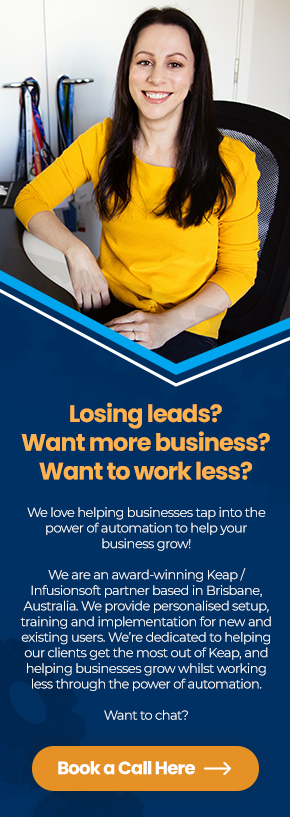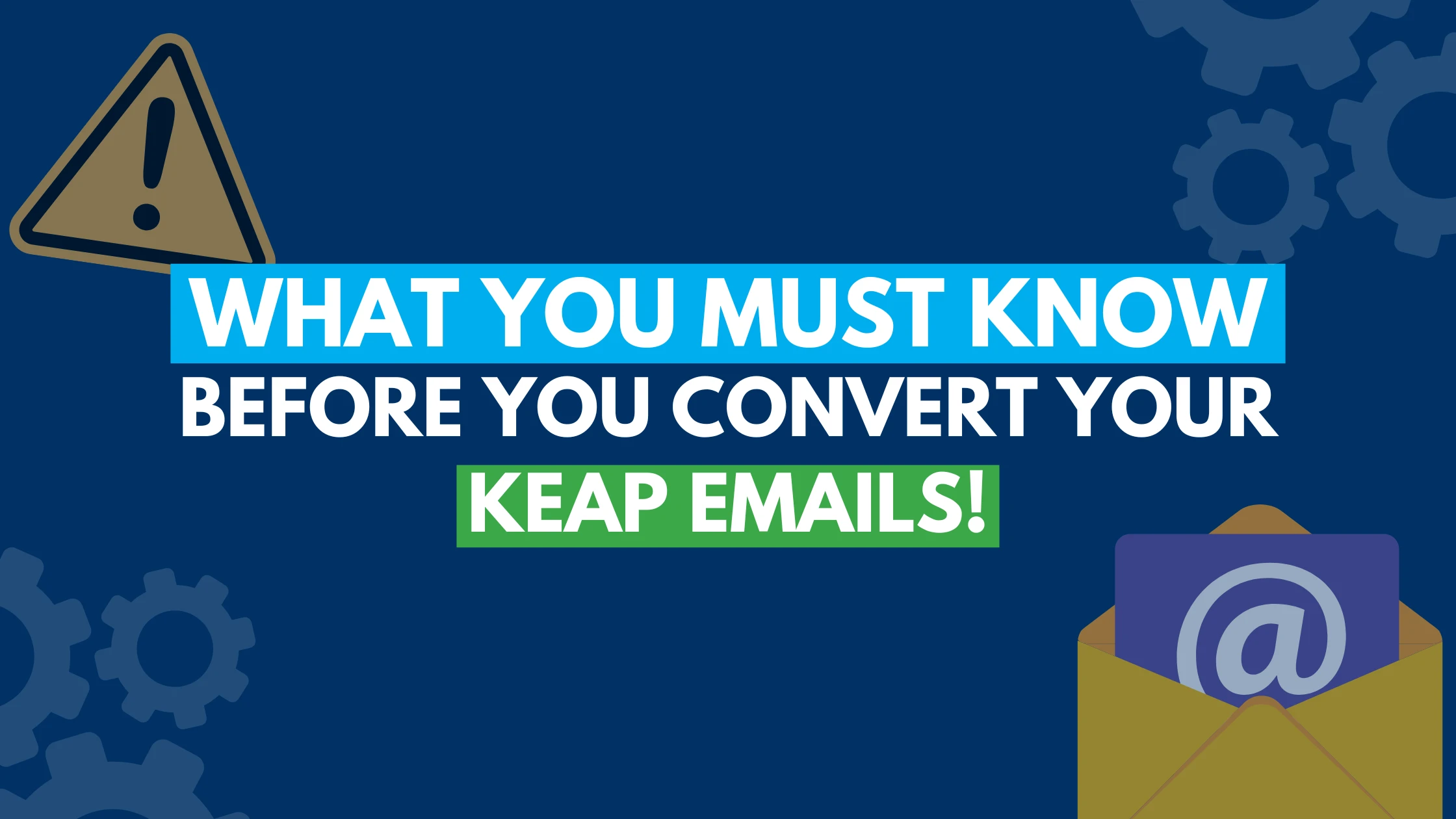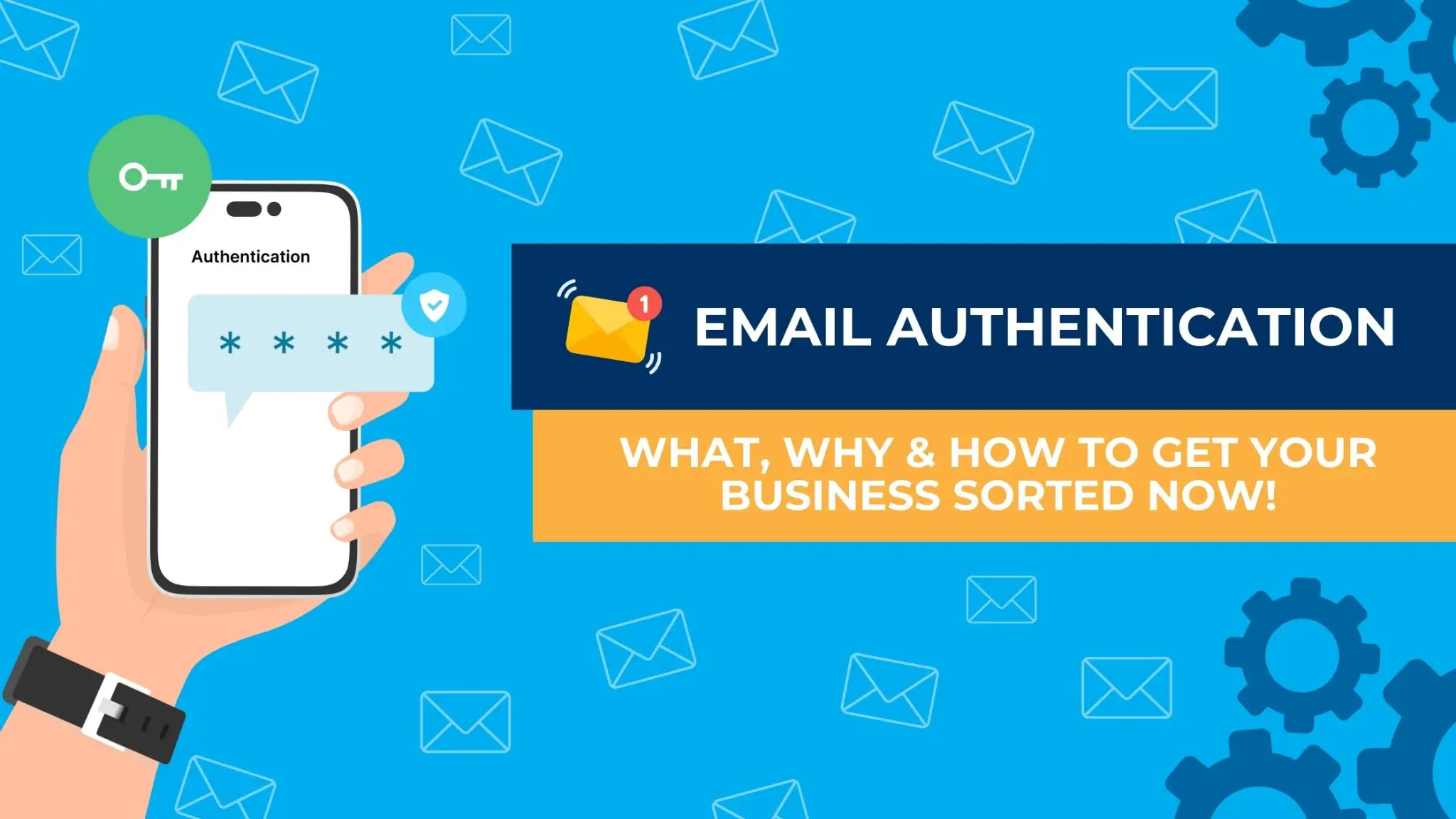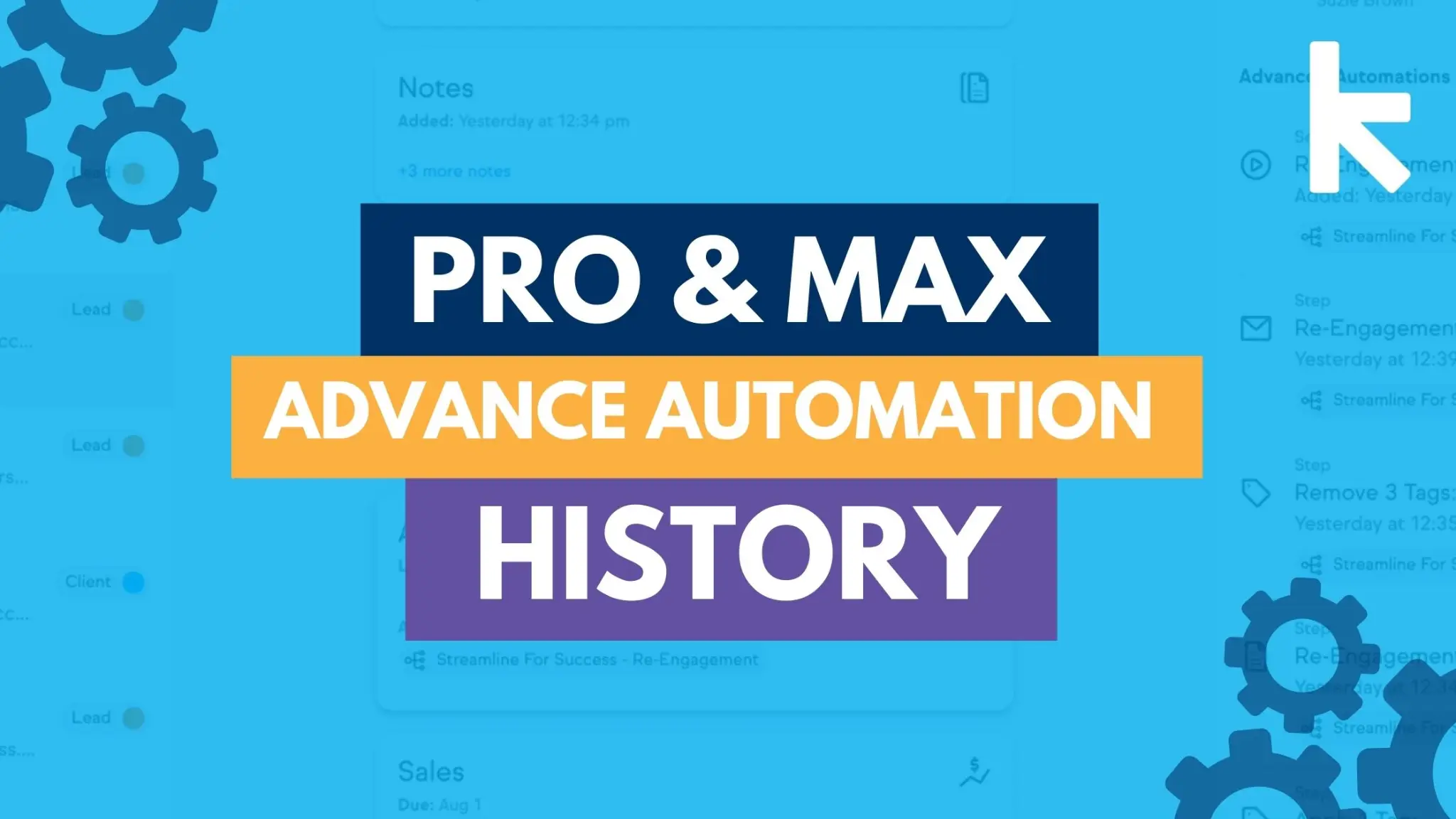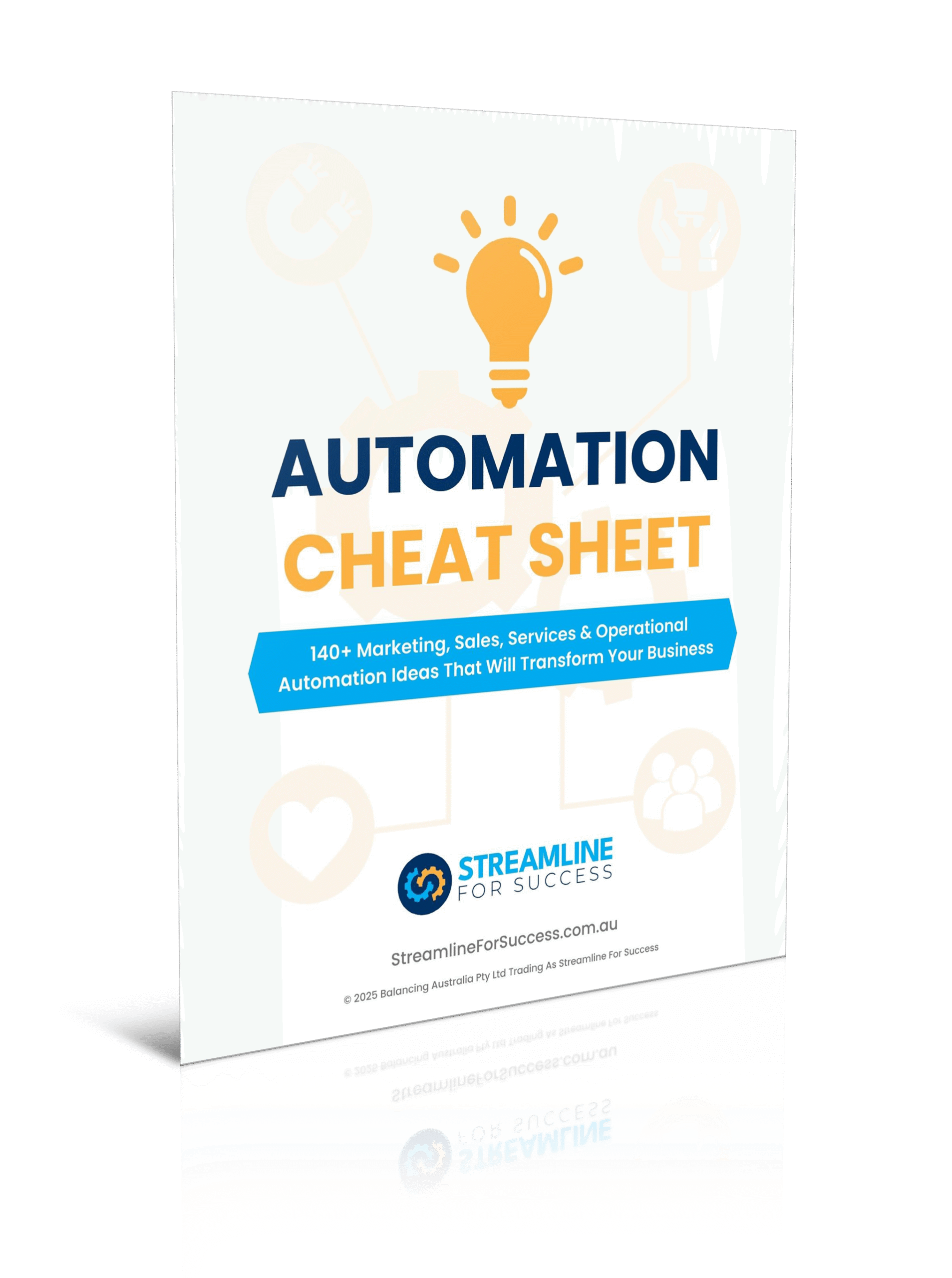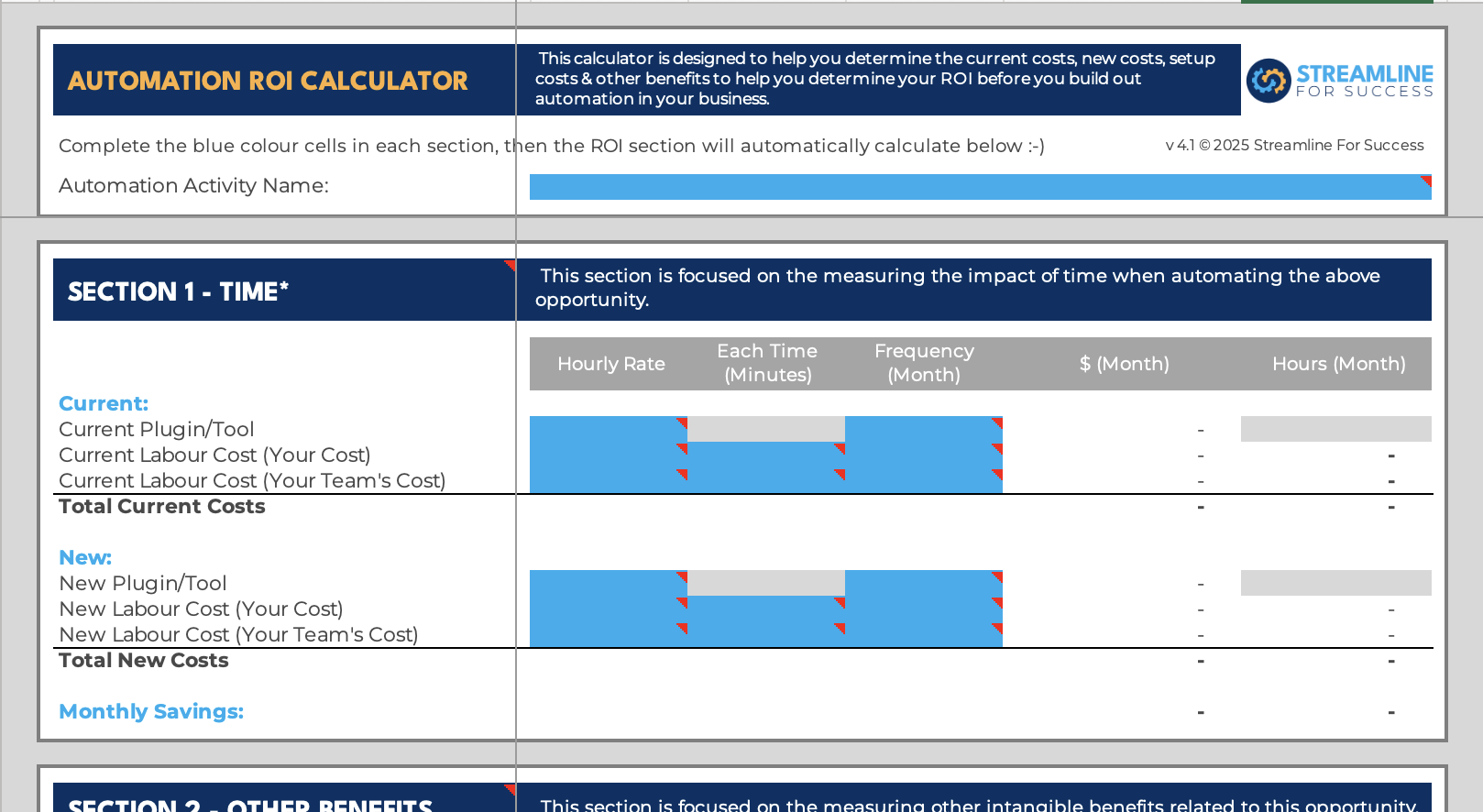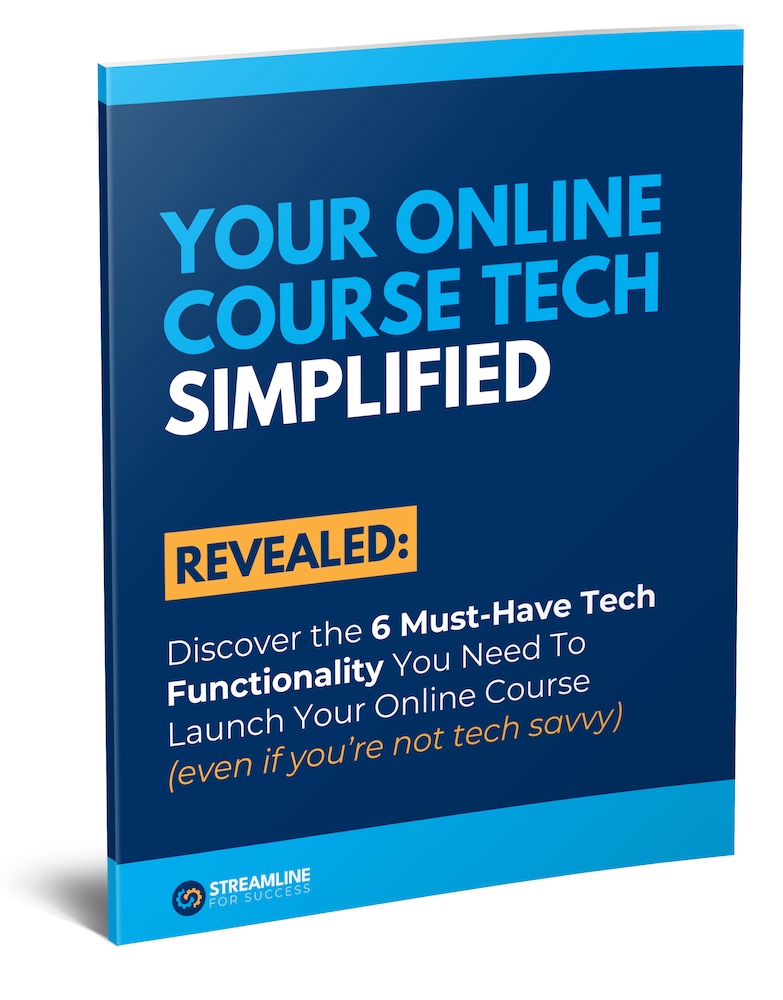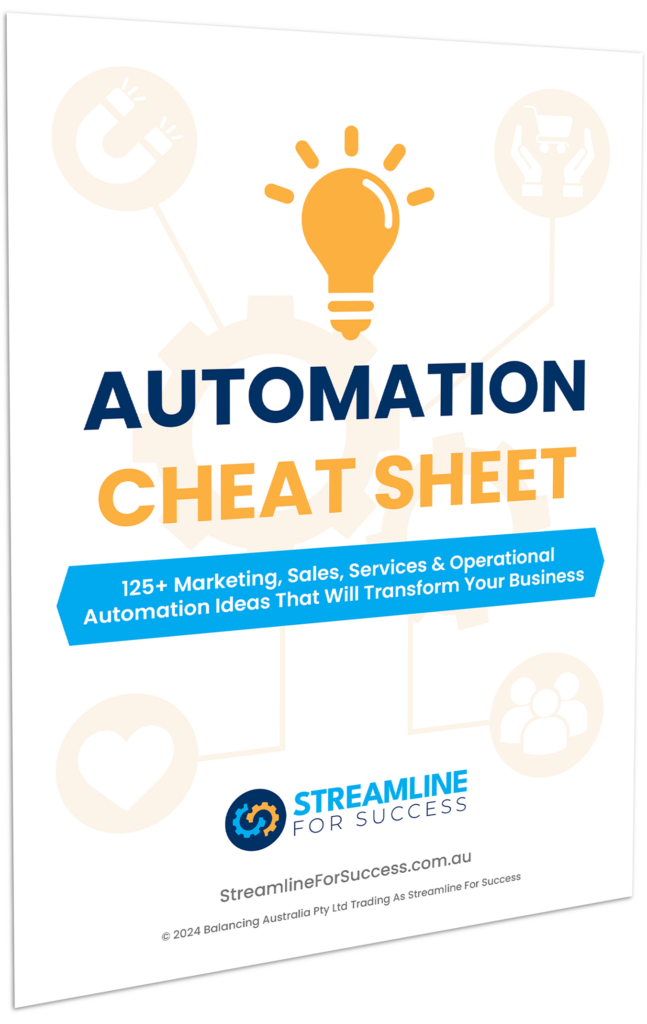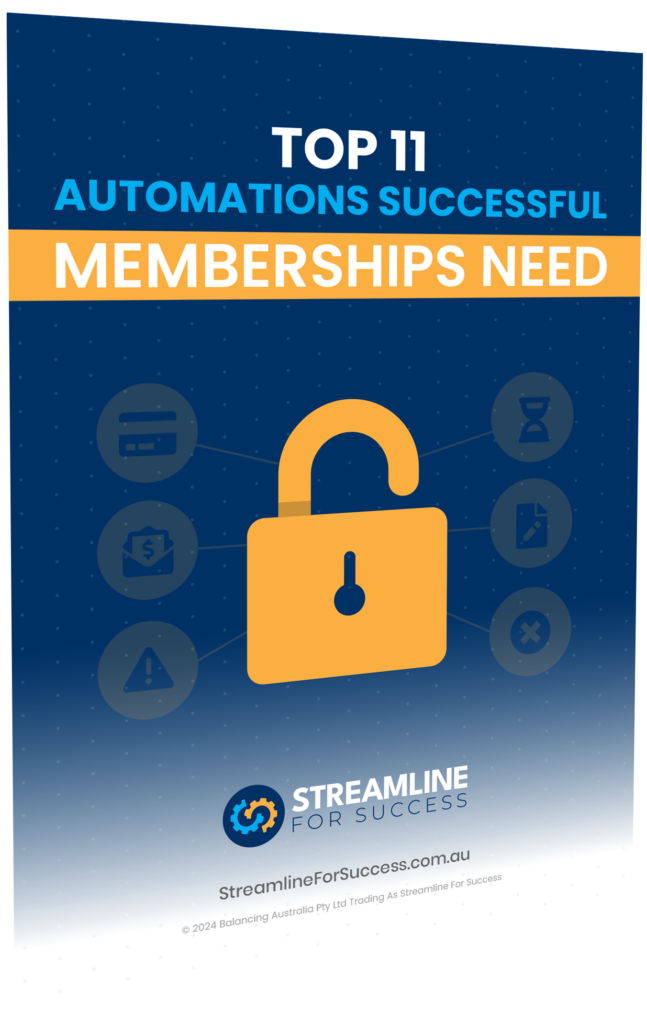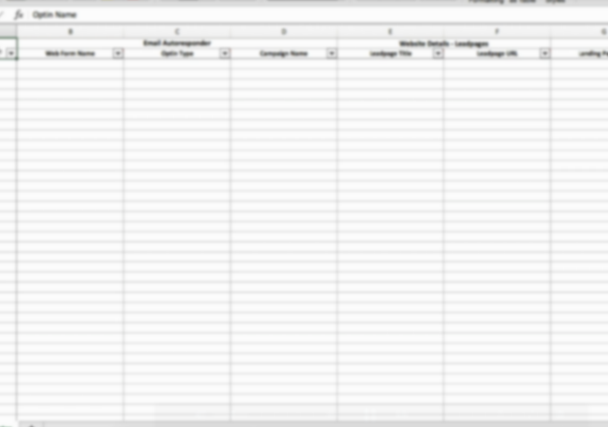We got terrific feedback from our recent article Fastest Way To Launch Your Next Product Idea, and wanted to share the concept of creating Lean Campaigns.
Further to sending an email out to validate our new product idea we also applied the principles of creating a lean campaign.
This approach is about focusing on setting up the bare minimum that you need to validate part of the concept of a campaign, before building out more.
It can be pretty exciting building out a full on campaign, however you really don’t need to do it until you confirm that the interest in there to justify building it out.
Let me explain by way of our new paid event example.
Step 1 – Gauge Interest
Short recap of the last article – we sent an email broadcast out to gauge interest for a new event.
We received enough people replying that we were now good to go ahead and build something out.
Here’s what we did after the great response we received.
Step 2 – Accept Payment
We sat down and thought about what was the bare minimum we needed to setup in order to accept payment for event registrations?
Here’s the thing, we did have contacts say that they were interested, that doesn’t necessarily mean that they will actually sign up right?
(We’re still not building out the fulfillment yet as we haven’t taken any payment to confirm it’s needed)
In order to take payment, we decided for us, we needed to setup the following in our specific example:
- Sales Landing Page
- Web Form to capture sales leads
- Product Setup In Infusionsoft Ecommerce
- Order Form Created
- Thank You Page Post Purchase
- 2 x Basic Sequences
- Cart Abandonment (one tag and one email only to follow up with leads 30 mins after they signed up but hadn’t paid)
- Confirmation (one tag and one email only to confirm they are registered and what the next steps are)
Now could you get a way with just setting up a product and calling up the interested parties and taking payment?
ABSOLUTELY!
This would definitely be the leanest approach.
We didn’t take this option as we knew the prospects were hot and had lots of questions regarding the event based on the email responses we received.
Therefore, we wanted to put together some information on a sales page to help explain all the details and answer their questions (and to clarify it for us too what we are going to deliver).
(I’ll be honest, we didn’t even have the venue confirmed when we opened for paid registrations. We just let people know the city that it was going to be in and that we would confirm those details soon. Moral of the story – you don’t have to have it all figured out!).
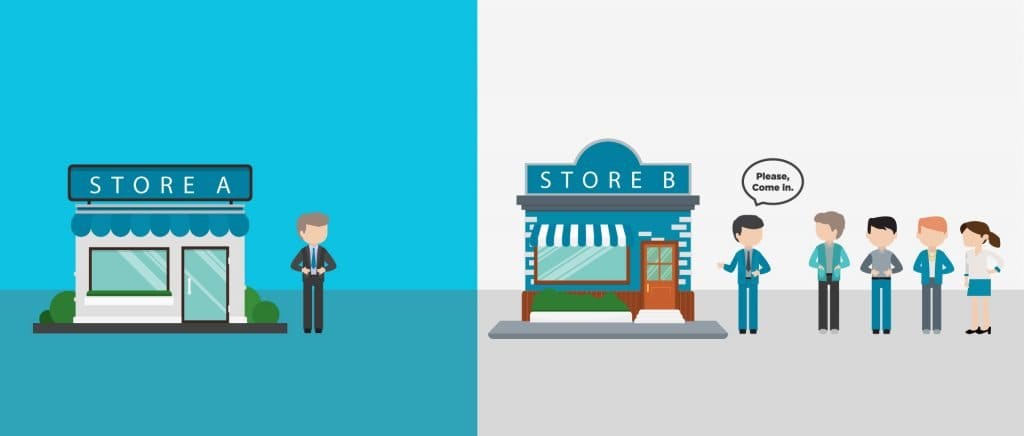
So you’ll notice we’re still not building out the customer fulfillment sequence, we need to get paying people through the door BEFORE it’s worth your time getting this setup.
Step 3 – Customer Fulfillment
Now that we had people sign up (and make sure your minimum numbers have been met), we wrote the copy and loaded the scheduled emails to remind registrants of the event.
Now this could be the fulfillment of whatever it is that you’ve sold to them.
For example, membership content delivery (one week for 6 weeks for a 6 week course), service instruction details (details of how you work and what they need to do along the way) or a product delivery update information etc.
Remember this is a lean campaign, you don’t have to have EVERYTHING sorted.
Build out a minimum customer fulfillment to start and you can and we recommend that you go back later and make it better (whether you tweak emails or add more content in there etc.).
Step 4 – Customer Follow Up
In this final setup, what will happen once the product/service has been consumed?
For us, it’s a post event sequence, that at the time of writing this article, we haven’t created yet.
But we will be putting together an email to thank them for coming to the event and share resources from the day to help them integrate this back in their businesses.
Of course, in a customer follow up sequence you could ask for feedback and/or it’s a great opportunity to let them know of your next step product/service that could also help them transition to after their original purchase.
Lean Campaign Approach
So, let’s recap.
Here are the key steps for a lean approach to campaign launching:
- Send broadcast to gauge interest (steps we took are here)
- Build out minimum setup to accept payment customers
- Build out the customer fulfillment (in this case it was event reminders)
- Build out customer follow up after the engagement has finished (this was post event follow up, feedback and upsell offer if applicable etc).
Each should only be built after the step before has enough people in it to justify the next part of the setup being completed.
Keys to Making This Approach Work
Make sure that if you are launching a new lean campaign, make sure you actually have the time to create copy, setup and build it out in a timely manner.
There is nothing worse for a prospect, if they say that they are interested, then it takes you 6 weeks to actually pull together something for them.
They may have moved on, no longer interested or found a product/service elsewhere.
Also remember, with a lean campaign as mentioned above, the campaign can evolve as you get proof that it’s needed and there are opportunities to make it better.
This could take the form of better landing pages, email copy improvements, more tasks loaded, better follow up in place etc etc.
In the example above, we only have one email in the cart abandonment sequence, we may wish to add another one in there or a task to follow up with interested prospects.
This would no doubt lead to increased sales, so would be worthwhile coming back to that afterwards.
The important component of lean campaigns is building out the bare minimum of what you really need.
This will save you heaps of time, allow you to get to market super fast and have the market proof to justify what you’re investing time and effort in building out.
What do you think about this lean campaign building approach?
If you found this article useful and want more, sign up to receive more tips below, we’re regularly adding more helpful advice and resources to this site every week.
(NOTE: Want The Essential Infusionsoft Tag Guide? Access the latest version of this tagging framework, see it in action in a real campaign and discover the immediate steps you must take to have tags work effectively in your business. Get your guide here.)
